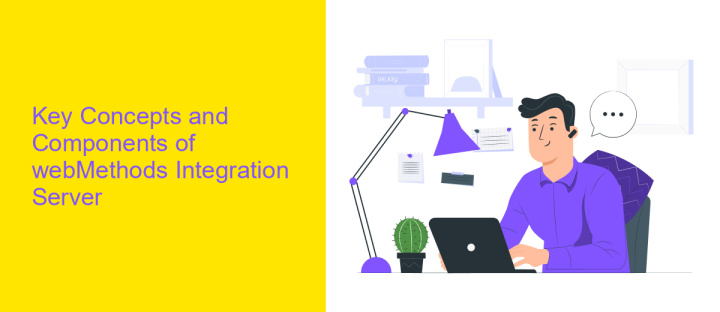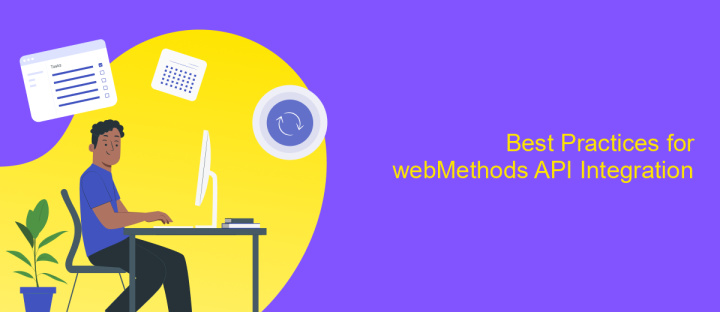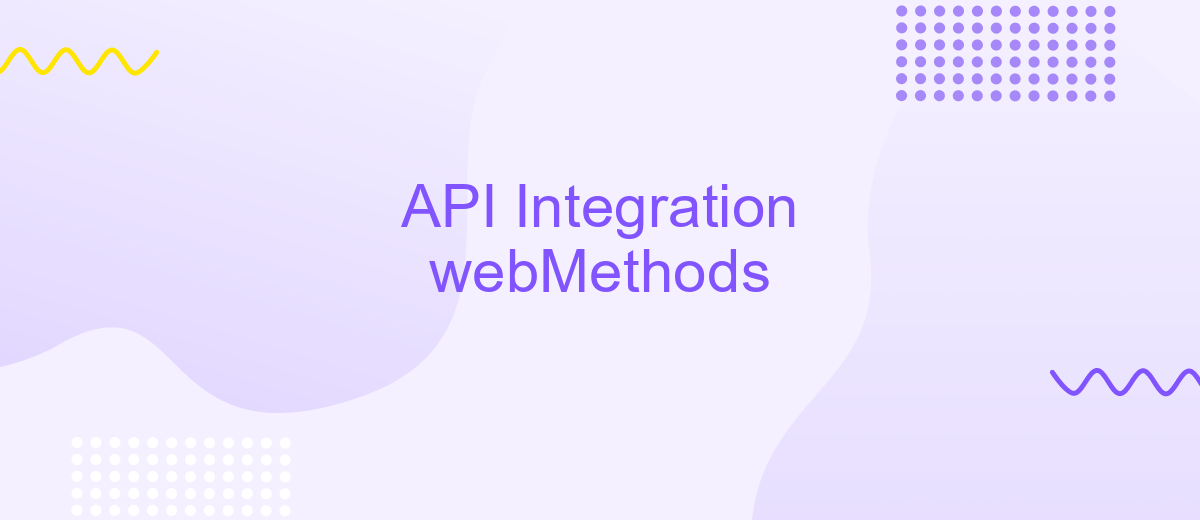API Integration webMethods
API integration using webMethods enables seamless connectivity between disparate systems, streamlining data exchange and enhancing operational efficiency. As businesses increasingly rely on diverse applications, webMethods offers a robust platform for integrating APIs, ensuring real-time communication and data synchronization. This article explores the key features and benefits of webMethods API integration, providing insights into how it can transform business processes and drive digital transformation.
Introduction to webMethods API Integration
webMethods API Integration is a powerful tool designed to streamline the process of connecting various software applications and services. It enables businesses to enhance their digital ecosystems by facilitating seamless communication between different systems. With webMethods, organizations can efficiently manage APIs, ensuring that data flows smoothly and securely across platforms. This integration capability not only improves operational efficiency but also supports innovation and agility in today’s fast-paced digital landscape.
- Efficiently manage and monitor APIs
- Ensure secure data exchange between systems
- Enhance operational efficiency and reduce costs
- Support innovation with agile integration solutions
- Facilitate seamless communication across platforms
By leveraging webMethods API Integration, businesses can overcome the complexities of modern IT environments. This solution empowers organizations to unlock new opportunities by integrating disparate systems and applications, thus driving digital transformation. Whether dealing with legacy systems or modern cloud-based applications, webMethods provides a robust framework for connecting and orchestrating services to meet evolving business needs.
Key Concepts and Components of webMethods Integration Server

The webMethods Integration Server is a robust platform designed to facilitate seamless integration across diverse systems and applications. At its core, the server employs a service-oriented architecture (SOA) that allows for efficient communication between disparate systems. Key components include the Integration Server itself, which acts as the runtime environment for executing integration logic, and the Developer, a tool for designing and testing integration services. These tools work in tandem to enable businesses to automate processes, streamline operations, and enhance data flow.
Another crucial aspect of the webMethods Integration Server is its ability to manage complex integrations using a variety of protocols and data formats. It supports web services, REST, SOAP, and various messaging standards, ensuring compatibility with numerous platforms. In addition, solutions like ApiX-Drive can complement the webMethods Integration Server by providing pre-built connectors and automation tools, simplifying the integration process further. This synergy allows organizations to quickly adapt to changing business needs and maintain a competitive edge in the digital landscape.
Building API Integrations with webMethods.io

Building API integrations with webMethods.io offers a seamless experience for connecting disparate systems and services. This powerful platform provides a comprehensive suite of tools and features that enable developers to create efficient and scalable integrations. By leveraging its intuitive interface, users can design workflows that automate processes and enhance data exchange between applications, ensuring optimal performance and reliability.
- Begin by logging into webMethods.io and navigating to the Integrations tab.
- Select 'Create New Integration' and choose the appropriate API connectors for your use case.
- Configure the API endpoints and authentication details to establish secure communication.
- Design the workflow using the drag-and-drop interface to map data fields between systems.
- Test the integration to verify that data is exchanged accurately and efficiently.
- Deploy the integration and monitor its performance using the built-in analytics tools.
With webMethods.io, businesses can streamline their operations by integrating APIs quickly and effectively. The platform's robust features allow for customization and scalability, accommodating various business needs. Whether connecting cloud services, on-premises applications, or IoT devices, webMethods.io ensures seamless integration, empowering organizations to achieve digital transformation goals.
Best Practices for webMethods API Integration

When integrating APIs using webMethods, it's essential to focus on efficient and seamless connectivity. Start by thoroughly understanding the API documentation, which provides crucial information about endpoints, authentication, and data formats. This groundwork ensures that you can align your integration strategy with the API's capabilities and limitations.
Security is a top priority in API integration. Implement robust authentication mechanisms such as OAuth2, and ensure data encryption both in transit and at rest. Regularly update your security protocols to protect against emerging threats and vulnerabilities.
- Design with scalability in mind to accommodate future growth.
- Utilize webMethods' built-in tools for monitoring and logging to track API performance and issues.
- Implement error handling and retries to manage failures gracefully.
- Document your integration processes for easier maintenance and onboarding.
Testing is a critical component of successful API integration. Conduct thorough testing in a staging environment to identify and resolve issues before going live. This approach minimizes disruptions and ensures a smooth user experience. By adhering to these best practices, you can optimize your webMethods API integration for reliability, performance, and security.


Troubleshooting and Common Issues
When encountering issues with webMethods API integration, the first step is to verify connectivity. Ensure that network configurations and firewall settings allow communication between systems. Additionally, check for any authentication failures by confirming that API keys or credentials are correctly configured. If the integration involves third-party services, like ApiX-Drive, ensure that their configurations are up-to-date and compatible with webMethods. Reviewing logs can provide insights into errors or warnings that may indicate the root cause of the problem.
Another common issue is data format mismatches. Ensure that the data being sent and received adheres to the expected formats, such as JSON or XML. If transformations are required, verify that they are correctly implemented within the webMethods platform. Performance issues may arise from inefficient mapping or excessive data processing; in such cases, optimizing the integration flow can help. Regularly updating webMethods and related components can prevent compatibility issues. If problems persist, consulting the webMethods community or support forums can provide additional solutions and insights.
FAQ
What is API Integration in webMethods?
How do I start with API Integration using webMethods?
What are the benefits of using API Integration in webMethods?
How can I automate API Integration processes?
What challenges might I face during API Integration and how can I overcome them?
Strive to take your business to the next level, achieve your goals faster and more efficiently? Apix-Drive is your reliable assistant for these tasks. An online service and application connector will help you automate key business processes and get rid of the routine. You and your employees will free up time for important core tasks. Try Apix-Drive features for free to see the effectiveness of the online connector for yourself.

